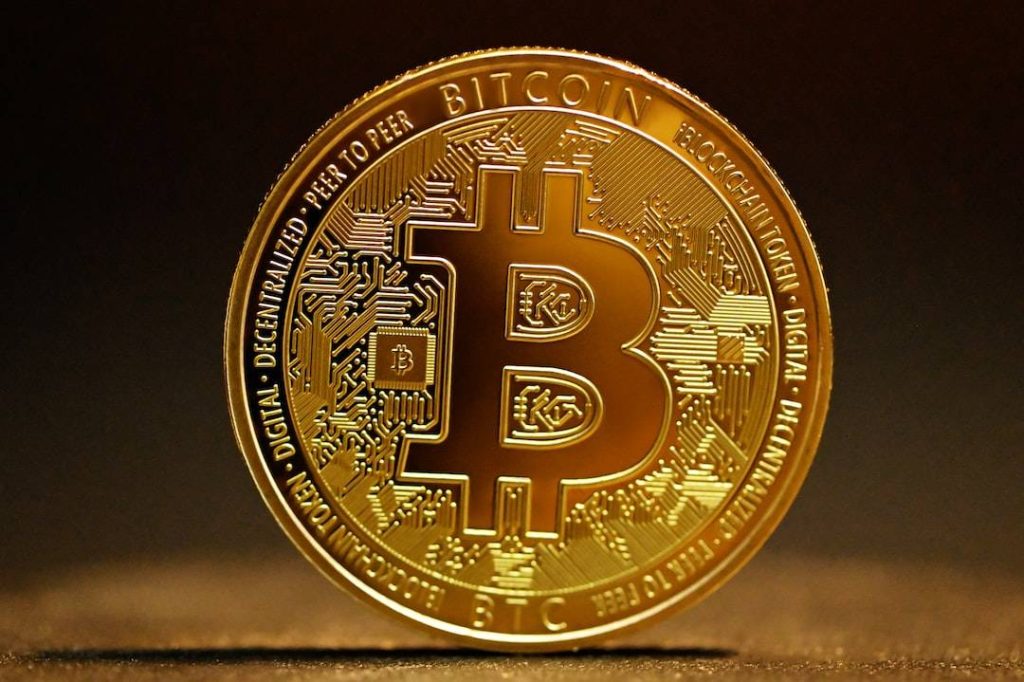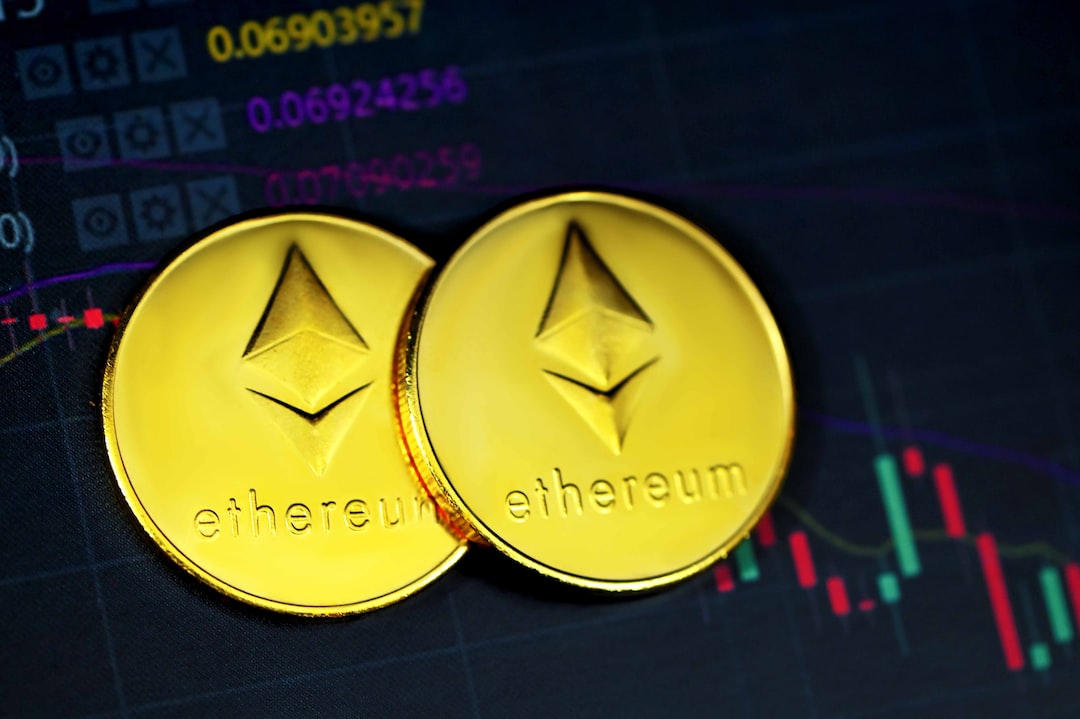Brazil’s CBDC “Drex” Confirmed by Bank Economist
Brazil has officially confirmed the name of its Central Bank Digital Currency (CBDC) as Drex. The acronym represents different features of the instrument, with “D” for digital, “R” for real, “E” for electronic, and “X” to convey modernity and connectivity. The Drex aims to provide a safe and regulated environment for new businesses and democratize access to the benefits of a digital economy. It will be a digital version of Brazil’s existing currency, not a new currency. The CBDC project has been in discussion since last year, and the first operational tests will begin in September, with the market release expected by the end of next year.
CBDCs Not Competitors to Cryptocurrencies and Stablecoins
CBDCs are not seen as competitors to cryptocurrencies or stablecoins. While CBDCs allow central banks to monitor money flows more effectively, they do not offer significant benefits to citizens unless used within smart contracts. The Drex will be a wholesale currency accessible only through virtual wallets linked to payment institutions. CBDCs cannot be used on decentralized finance platforms and will not be anonymous or uncensorable like stablecoins. Therefore, CBDCs primarily compete with traditional fiat currencies, rather than cryptocurrencies or stablecoins. The assumption is that CBDCs will mainly contribute to anti-money laundering and counter-terrorist financing monitoring.
Hot Take
CBDCs, like Brazil’s Drex, are an important step towards a digitized economy. While they may not directly compete with cryptocurrencies or stablecoins, they provide a regulated and secure environment for new businesses and financial transactions. The focus on monitoring money flows and addressing concerns such as anti-money laundering is a significant advantage of CBDCs. However, the success of CBDCs will depend on their adoption and acceptance by the population.





 By
By
 By
By

 By
By
 By
By
 By
By